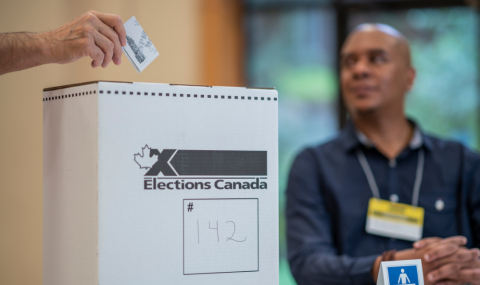|
Decision Making, Life-Support Decisions
All patients admitted to the London Health Sciences Centre are asked about their wishes regarding life-support. When a patient is unable to tell us their wishes, we must rely on the Substitute Decision Maker to communicate the patient’s goals, wishes and beliefs.
Most patients receive some form of life-support at the time of admission to CCTC. Life-support is any treatment that supports or replaces the function of one or more of the body organs. Examples include: medications to correct low blood pressure, mechanical ventilation, dialysis or feeding through a stomach tube.
A respiratory arrest (when the patient stops breathing) or a cardiac arrest (when the heart stops beating) are the two most serious medical emergencies. They both require urgent treatment.
A respiratory arrest is treated by inserting a breathing tube into the windpipe and connecting the patient to a breathing machine.
The treatment for a cardiac arrest includes Cardio-Pulmonary Resuscitation (or CPR). During CPR, members of the health care team will push firmly and quickly on the patient’s chest in an attempt to force blood to circulate through the body. Other treatments that may be required during a cardiac arrest include: the administration of powerful heart medications, the use of electrical shock (called defibrillation or cardioversion) or the use of a pacemaker.
The success of any treatment depends upon a number of factors, such as the underlying reason for the emergency and the patients previous state of health. If the emergency or life-support therapy is provided to correct a treatable problem, the patient may make a good recovery. If the patient has a disease that they cannot recover from, life-support or emergency treatments may be of little benefit.
Every patient has the right to have their wishes regarding life-support discussed. It is our obligation to provide you with the information you need to make the best decision. Decisions can also be changed as the patient’s situation changes. Please talk to us about the patient’s wishes. If you would like more information about life-support decisions, please speak to a member of the health care team. We have a pamphlet available that explains some of the life-support options in more detail.
If, after carefully reviewing the patient's medical condition and progress, the family and medical team agree that further treatment is not in the patient's best interest, a plan to withhold or withdraw life-support may be made. The plan will be individualized according to the wishes of the patient and family. The patient's comfort is always a priority, regardless of the treatment plan. |
Image 1: Ventilator |



